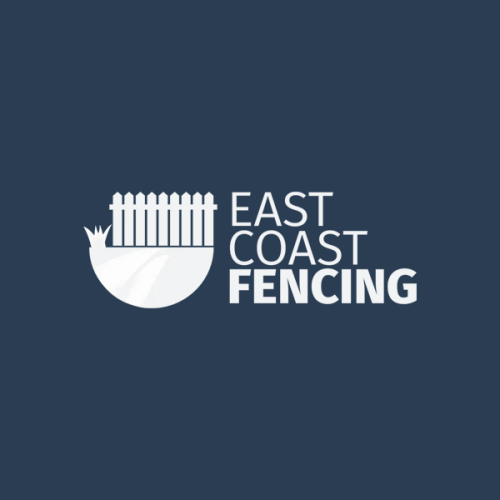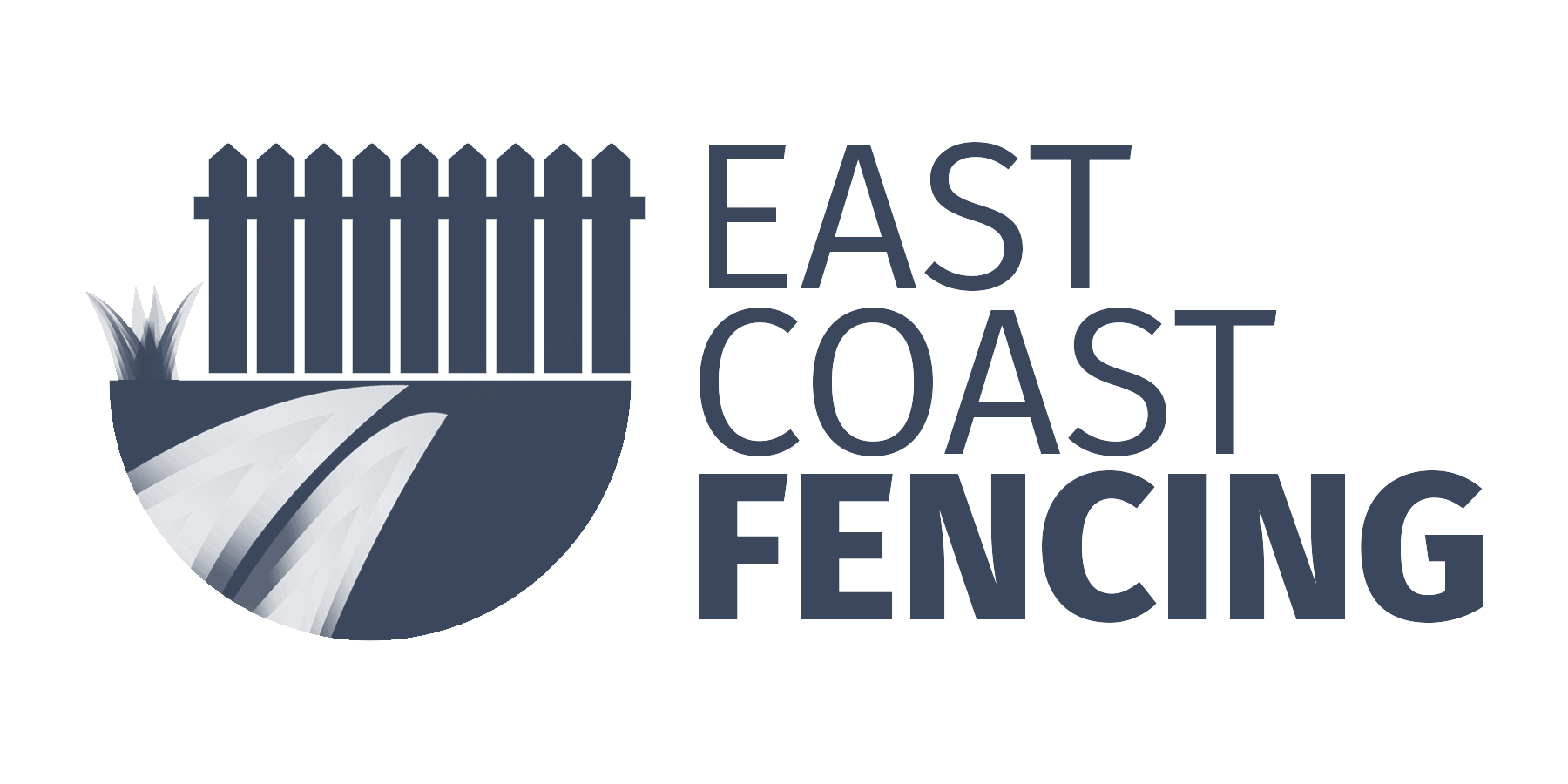Wooden VS Composite Fencing

Choosing the right fencing for your home is a significant decision. It's not just about marking your property boundaries. It's about enhancing your home's aesthetic appeal and ensuring security.
Wooden and composite fencing are two popular options. Both have their unique advantages and considerations. But how do you decide which one is right for you?
This article aims to guide you through this decision-making process. We'll delve into the pros and cons of wooden and composite fencing. We'll discuss cost considerations, durability, maintenance requirements, and aesthetic appeal.
We'll also touch on the environmental impact of each material. After all, as homeowners, we all have a part to play in sustainability.
By the end of this article, you'll have a clearer understanding of your fencing options. You'll be equipped with the knowledge to make an informed choice that aligns with your preferences and needs.
Whether you're a homeowner looking to enhance your property's appeal or a professional landscaper seeking reliable fencing solutions, this article is for you. Let's embark on this journey to find the perfect fencing for your UK home.
Understanding Your Fencing Options
When it comes to fencing, homeowners have several materials to choose from. Wooden and composite are two of the most sought-after options. Each offers distinct advantages, which cater to different needs and preferences.
Wooden fencing has long been a favorite for its classic appeal. Its natural beauty and warmth often complement traditional UK homes. However, it requires maintenance to preserve its look and durability over the years.
On the other hand, composite fencing is becoming increasingly popular. Made from a mix of materials, it offers impressive durability with minimal upkeep. Its ability to withstand harsh weather makes it a strong contender for many homeowners.
Both options provide unique benefits and have their own set of trade-offs. Understanding these fencing options fully is crucial to making the right choice for your property. The subsequent sections will further explore their characteristics, helping you decide the best fit for your needs.
The Popularity of Wooden Fencing in UK Homes
Wooden fencing holds a special place in the hearts of UK homeowners. Its timeless appeal and natural aesthetic seamlessly blend with various architectural styles. This makes wooden fencing a popular choice for both traditional and contemporary properties.
One reason for wooden fencing's widespread use is its versatility. It can be easily customised in terms of height, style, and colour. This allows homeowners to create a fence that truly complements their unique home exterior.
Additionally, wooden fencing is regarded as an eco-friendly option. When sourced from sustainably managed forests, it offers a renewable fencing choice. This aligns with the growing trend among homeowners to prioritise environmentally responsible materials.
The Rise of Composite Fencing: An Overview
Composite fencing has seen a significant surge in popularity among homeowners. This is largely due to its impressive durability and low-maintenance nature. With advancements in manufacturing, composite materials have become a strong contender in the fencing market.
Comprised of a blend of wood fibres and plastic, composite fencing offers the best of both worlds. It mimics the look of wood while boasting superior resistance to weather and pests. This fusion of materials results in a fence that requires minimal upkeep compared to its wooden counterpart.
Homeowners are attracted to the diverse range of styles and colours composite fencing provides. This flexibility in design allows them to tailor their fences to match personal preferences and enhance curb appeal. Additionally, many appreciate the eco-friendly aspect of composite fencing, often made with recycled content.
Cost Considerations: Wooden VS Composite Fencing
When comparing wooden and composite fencing, cost is a significant factor for homeowners. Initial prices for materials and installation can sway decisions. Understanding long-term costs also plays a crucial role.
Wooden fencing is generally more affordable at the onset. It offers an attractive option for those seeking a traditional look without a hefty price tag. However, costs can increase over time due to maintenance requirements.
Composite fencing usually has a higher upfront cost. This reflects its advanced manufacturing process and durable materials. Over time, the cost often evens out due to lower maintenance needs and long-lasting performance.
Here's a quick cost breakdown:
- Initial Costs: Wooden fencing is cheaper initially, composite requires a higher investment.
- Maintenance: Wooden needs more upkeep, increasing costs over time.
- Durability: Composite typically lasts longer, offering value across many years.
Initial Installation Costs
Wooden fences are attractive for budget-conscious homeowners. The initial installation cost is often lower than composite. This is especially true for standard wood types like pine or cedar.
Composite fencing typically demands a larger initial investment. The higher costs are due to the durable materials and sophisticated manufacturing process. Despite the initial expense, some homeowners see it as a worthwhile investment given the advantages it offers.
Long-Term Value and ROI
Wooden fencing may incur costs over the long term due to maintenance. Regular treatments, repairs, and potential replacements can add up. Homeowners must consider these expenses when evaluating overall value.
Composite fencing offers better long-term value due to its low maintenance needs. With little upkeep required, the composite fence continues to deliver returns. This can translate to savings and satisfaction over time for many homeowners.
Durability and Maintenance: A Comparative Analysis
When selecting fencing, durability is a key consideration for homeowners. The materials you choose dictate how your fence will withstand the elements. Wooden fencing and composite fencing offer distinct attributes in this regard.
Wooden fencing, while charming, is susceptible to weather effects and pests. It requires regular treatments for protection. Without proper care, wood can rot, warp, or host insects, affecting its lifespan.
Composite fencing, in contrast, boasts remarkable durability. It's engineered to resist weather and insects. Composite fences typically need less attention, providing peace of mind over the years.
Consider these factors:
- Weather Resistance: Composite stands strong, wood needs more care.
- Longevity: Composite often outlasts wood.
- Maintenance Needs: Wood requires periodic upkeep, composite is low-maintenance.
Weather Resistance and Longevity
Wooden fences require vigilant maintenance to fend off moisture damage. Without regular sealing, wooden boards can absorb water, leading to decay. This can shorten the life of the fence significantly.
Composite fences are crafted to endure harsh weather. With inherent resistance to moisture, they don't swell or crack easily. This results in a fence that often outlasts its wooden counterpart by many years, providing enduring security and appeal.
Maintenance and Upkeep
Maintaining wooden fencing involves routine tasks. Homeowners should frequently seal, stain, or paint wooden fences to protect against the elements. This ongoing care can become a significant time and financial commitment.
In contrast, composite fencing is designed for minimal maintenance. It resists rot, decay, and pests naturally, requiring little more than occasional cleaning. This makes it a convenient choice for busy homeowners who prefer a fence with straightforward upkeep.
Aesthetic and Design Options
Choosing fencing isn't just about function; aesthetics matter greatly. Fencing materials significantly impact the overall look of your property. Both wooden and composite fencing offer unique visual appeal.
Wooden fencing is revered for its natural beauty. It enhances warmth and character, complementing traditional and rustic homes. The organic texture and varying wood grains add elegance to any garden space.
Composite fencing, meanwhile, offers diverse design choices. It's available in numerous styles and colours, often mimicking the look of real wood. This versatility makes it suitable for modern and contemporary homes.
Natural Look VS Manufactured Designs
The natural look of wooden fencing is highly sought after. Real wood's rich tones and textures create an inviting atmosphere. As it ages, wood develops a patina, adding depth and charm.
On the other hand, composite fencing provides sleek, consistent designs. Manufactured to mimic wood, it maintains its appearance without fading. This consistency attracts those who prefer a flawless, uniform aesthetic.
Customisation and Personalisation
Wooden fencing allows for significant customisation. It can be cut and shaped to fit any landscape. You can also stain or paint it to match specific colour schemes, offering personalised aesthetics.
Composite fencing also provides ample customisation opportunities. It comes in various textures and finishes, from smooth to wood-grain patterns. Homeowners can select options that reflect personal style, enhancing overall property charm.
Environmental Impact and Sustainability
In today's world, sustainability is more important than ever. Fencing materials play a key role in environmental impact. Choosing eco-friendly options can positively affect our planet.
Wooden fencing often uses sustainably sourced timber. When harvested responsibly, it supports natural ecosystems. This renewable resource can be recycled or repurposed at its end of life, reducing waste.
Composite fencing is another environmentally conscious choice. It's typically made from recycled plastics and wood fibres, reducing the demand for new raw materials. This innovation contributes to waste reduction and conservation efforts.
Source and Composition of Materials
Sourcing materials sustainably is crucial for wooden fencing. Many suppliers use certified forests to ensure environmental standards. This practice helps maintain biodiversity and protect wildlife habitats.
Composite fencing features a blend of recycled substances. The process repurposes materials that might otherwise end up in landfills. This thoughtful composition makes composite fencing an environmentally smart option.
Eco-Friendliness and Recycling
The eco-friendliness of wooden fencing depends on its lifecycle. Proper maintenance and careful disposal contribute positively. Wood can decompose naturally or be recycled, minimising its ecological footprint.
Composite fencing boasts excellent recycling potential. Made primarily from recycled components, it promotes resource conservation. At the end of its lifespan, composite panels can be repurposed, supporting sustainability goals.
Safety, Installation, and Compliance
Choosing the right fencing involves more than just aesthetics. Safety, installation, and compliance are crucial factors. Each plays a significant role in fencing decisions.
Wooden fencing can pose safety concerns like splintering. Proper installation and treatment help reduce this risk. Selecting quality wood mitigates potential issues, ensuring a safer environment.
Composite fencing generally offers a splinter-free experience. Its uniform manufacturing process enhances safety. Additionally, composite materials often comply with various safety regulations.
Ease of Installation and DIY Potential
For DIY enthusiasts, wooden fencing presents an appealing option. Its traditional design often allows for straightforward installation. With basic tools, homeowners can tackle this project themselves.
Composite fencing might require professional installation. The specific fittings and panels demand precision. Hiring skilled installers ensures a seamless, secure setup, contributing to long-term durability and satisfaction.
Local Regulations and Safety Standards
Before installing fencing, it's crucial to understand local regulations. Each area may have specific rules governing fence height and materials. Compliance ensures both safety and legality.
For both wooden and composite fencing, adhering to safety standards is essential. Proper installation techniques prevent accidents. Choosing certified materials guarantees compliance with building codes, offering peace of mind.
The Impact on Property Value and Curb Appeal
The choice of fencing can greatly influence your property's value and curb appeal. A well-chosen fence enhances the home's exterior, drawing positive attention. It can even boost resale value by creating an inviting first impression.
Wooden fencing provides a classic, timeless look. Its natural tones blend well with many landscapes, adding warmth and charm. Though it requires maintenance, its appeal remains strong for traditional settings.
Composite fencing offers modern, sleek lines and consistent finishes. It suits contemporary homes, making them stand out in the neighbourhood. With minimal upkeep, it retains its beauty, appealing to potential buyers.
Why East Coast Fencing is Your Trusted Supplier
Choosing the right supplier is crucial for a successful fencing project. East Coast Fencing stands out as a trusted name in the UK, consistently meeting customer needs. Their dedication to quality and service makes them a top choice.
With extensive experience, East Coast Fencing offers expert advice tailored to homeowners. They understand the nuances of both wooden and composite fencing, guiding you to the best choice. Their staff is knowledgeable and always ready to help.
Delivery is another strong point for East Coast Fencing. Covering numerous counties, they ensure timely and efficient delivery. This wide reach means you can rely on them, no matter your location.
High Trustpilot Rating and Customer Satisfaction
East Coast Fencing boasts an impressive Trustpilot rating, reflecting high customer satisfaction. With over 10,000 five-star reviews, they have built a reputation for excellence. This is a testament to their reliable products and outstanding service.
Customers rave about their seamless shopping experience and support. Whether it's advice on fencing options or assistance with delivery, East Coast Fencing delivers consistent quality. Their focus on customer satisfaction guarantees you are in good hands.
Quality Products and Efficient Delivery
Quality is at the heart of East Coast Fencing's offerings. They ensure every product meets rigorous standards for durability and design. Whether it's wooden or composite fencing, you'll find options that suit your needs and budget.
Their delivery system is efficient and reliable, reaching customers across the UK. By maintaining a streamlined process, East Coast Fencing ensures your fencing materials arrive on time, ready for installation. Trust in their expertise and commitment to service.
Conclusion: Making the Best Choice for Your UK Home
Choosing between wooden and composite fencing involves weighing various factors. Both options offer unique advantages that cater to different homeowner needs. The decision should align with your lifestyle, budget, and aesthetic preferences.
Consider the long-term value and maintenance commitment each type of fencing requires. Wooden fencing offers a natural, traditional look but may need frequent upkeep. Meanwhile, composite fencing promises durability and low-maintenance, with a modern appeal.
Consult professionals for advice tailored to your specific situation. Understanding your priorities will lead you to the best fencing choice. Ensure you select a solution that enhances your property's value and appearance.
Recap of Pros and Cons
Wooden fencing is cherished for its authentic, charming look. It is versatile in terms of staining and painting options. However, it can be susceptible to weather damage and may need regular maintenance.
Composite fencing excels in durability and minimal upkeep requirements. It withstands the elements well and resists insects. Despite its higher initial cost, it often proves cost-effective over time due to its longevity.
Personalised Advice and Next Steps
To make the best choice, consider consulting with experts who understand your needs. East Coast Fencing offers personalized guidance to help you select the right materials. Their knowledgeable team can discuss your property’s specific demands.
Start by assessing your priorities, such as aesthetics, budget, and maintenance effort. Contact East Coast Fencing for expert advice and explore their range of high-quality fencing options. Take the next step towards enhancing your home with confidence.


